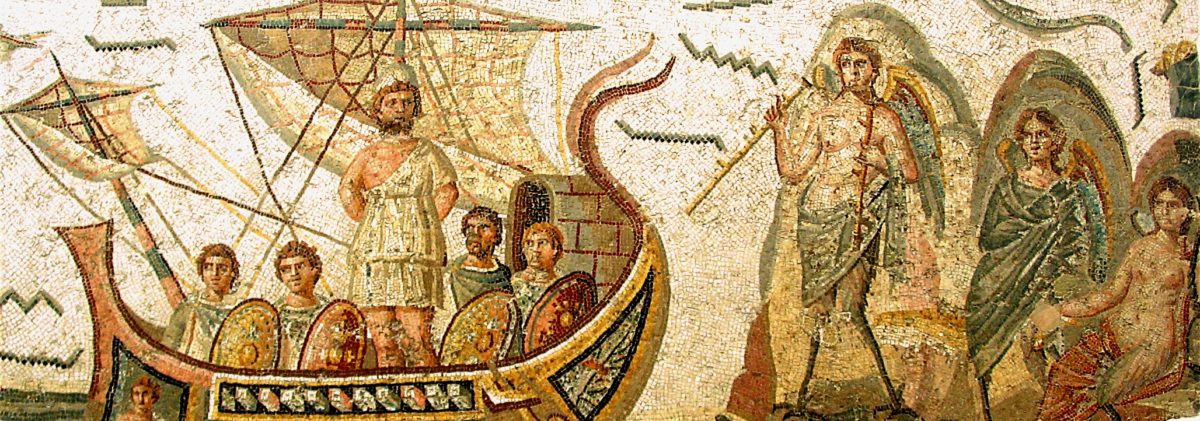On Quora, I have noticed there seems to be an endless number of questions dealing with the same overall theme: “Did the ancient Greeks and Romans really believe in their gods?” and “Did the ancient Greeks really believe in their myths?”
I think these questions are born from a strange discordance that people have noticed between the ancient Greeks’ reputation for rational skepticism and the stories we still tell about their gods and heroes—stories that—let’s face it—in most cases are pretty unbelievable to say the least.
Thus people have wondered, “How on Earth could a people so supposedly enlightened believe in such absurd stories?” As it turns out, though, believing in the Greek deities and believing in Greek myths are two different things; many people in ancient times believed in the deities without necessarily believing in all the stories attached to them.
Continue reading “Did the Ancient Greeks Really Believe in Their Myths?”








